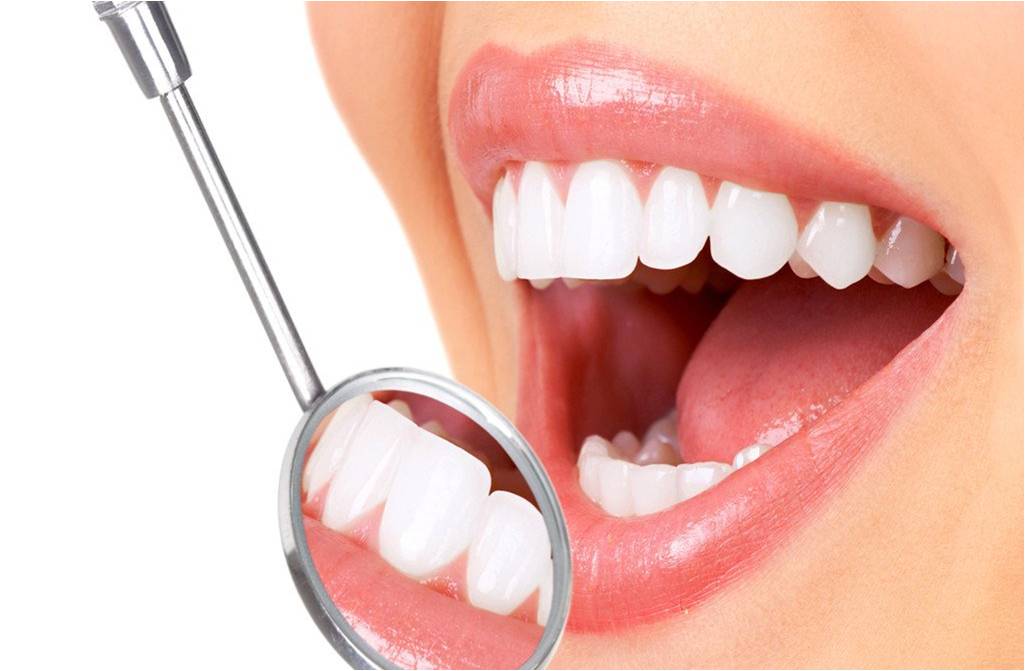
当前课程知识点:Fundamentals of Inorganic Materials Science > 5 Phase equilibrium > 5.6 Ternary diagrams > 5.6.3 Basic types of ternary phase diagrams
返回《Fundamentals of Inorganic Materials Science》慕课在线视频课程列表
4.6.3 Basic Types of Ternary Phase Diagrams.pdf---点此下载文件
下一节:5.7 Applications of ternary phase diagrams返回《Fundamentals of Inorganic Materials Science》慕课在线视频列表
-Test for chapter 1
-2.1 Type of defect
-2.2.1 The expression methods of point defects
--2.2.1 The expression methods of point defects
--2.2.1 The expression methods of point defects
-2.2.2 The rules for writing of defect reaction equation
--2.2.2 The rules for writing of defect reaction equation
--2.2.2 The rules for writing of defect reaction equation
-2.3 Calculation of thermal defect concentration
--2.3 Calculation of thermal defect concentration
--2.3 Calculation of thermal defect concentration
-2.4 Non-stoichiometric compounds
--2.4 Non-stoichiometric compounds
--2.4 Non-stoichiometric compounds
-Homework for chapter 2
-Test for chapter 2
-3.1 The classification of solid solutions
--3.1 The classification of solid solutions
--3.1 The classification of solid solutions
-3.2 Substitutional solid solution
--3.2 Substitutional solid solution
--3.2 Substitutional solid solution
-3.3 Interstitial solid solution
--3.3 Interstitial solid solution
--3.3 Interstitial solid solution
-3.4 The research method of solid solutions
--3.4 The research method of solid solutions
--3.4 The research method of solid solutions
-3.5 Questions for crystal imperfection and solid solution
--Questions for crystal imperfection and solid solution
-Homework for chapter 3
-Test for chapter 3
-4.1 Melt structure
-4.2 The properties of the melt
--4.2.1 The properties of the melt_viscosity
--4.2.2 The properties of the melt_surface tension
--4.2 The properties of the melt
-4.3 The characteristics of glass
--4.3 The characteristics of glass
--4.3 The characteristics of glass
-4.4 The formation of glass
--4.4.1 The formation of glass_kinetics conditions
--4.4.2 The formation of glass_crystal chemical conditions
-4.5 The structure of glass
-4.6 The typical glass
-4.7 Questions for melt and glass
--Questions for melt and glass
-Test for chapter 4
-5.1 Phase equilibrium in silicate systems
--5.1 Phase equilibrium in silicate system
--5.1 Phase equilibrium in silicate system
-5.2 One-component system phase diagram
--5.2 One-component system phase diagram
--5.2 One-component system phase diagram
-5.3 Applications of one-component diagrams
--5.3 Applications of one-component diagrams
--5.3 Applications of one-component diagrams
-5.4 Binary diagrams
--5.4.1 Binary diagram with eutectic point
--5.4.2 Binary system with a congruent melting compound and one with an incongruent melting compound
--5.4.3 Other five types of phase diagrams of binary systems
-5.5 Applications of binary phase diagrams
--5.5 Applications of binary phase diagrams
--5.5 Applications of binary phase diagrams
-5.6 Ternary diagrams
--5.6.1 Representation of ternary system composition
--5.6.1 Representation of ternary system composition
--5.6.2 Three-dimensional state diagram and plane projection diagram of a simple ternary system
--5.6.2 Three-dimensional state diagram and plane projection diagram of a simple ternary system
--5.6.3 (1) Basic types of ternary phase diagrams
--5.6.3 (2) Basic types of ternary phase diagrams
--5.6.3 (3) Basic types of ternary phase diagrams
--5.6.3 Basic types of ternary phase diagrams
-5.7 Applications of ternary phase diagrams
--5.7 Applications of ternary phase diagrams
--5.7 Applications of ternary phase diagrams
-5.8 Research methods of phase equilibrium
--5.8 Research methods of phase equilibrium
--5.8 Research methods of phase equilibrium
-5.9 Questions for phase equilibria
--Questions for phase equilibria
-Homework for chaper 5
-Test for chapter 5
-6.1 Overview of diffusion
-6.2 The kinetic equations of diffusion
--6.2 The kinetic equations of diffusion
--6.2 The kinetic equations of diffusion
-6.3 The thermodynamic equation of diffusion
--6.3 The thermodynamic equation of diffusion
--6.3 The thermodynamic equation of diffusion
-6.4 Diffusion mechanisms and diffusion coefficient
--6.4 Diffusion mechanisms and diffusion coefficient
--6.4 Diffusion mechanisms and diffusion coefficient
-6.5 Diffusion in solid
-6.6 Factors affecting diffusion
--6.6 Factors affecting diffusion
--6.6 Factors affecting diffusion
-6.7 Questions for diffusion
-Homework for chaper 6
-Test for chapter 6
-7.1 Overview of solid state reactions
--7.1 Overview of solid state reactions
--7.1 Overview of solid state reactions
-7.2 Kinetic equation of solid state reaction
--7.2 Kinetic equation of solid state reaction
-7.3 Factors affecting the solid state reaction
--7.3 Factors affecting the solid state reaction
--7.3 Factors affecting the solid state reaction
-Homeword for chapter 7
-8.1 The categories of phase transformation
--8.1 The categories of phase transformation
--8.1 The categories of phase transformation
-8.2 Crystallization
--8.2.1 Crystallization thermodynamics
--8.2.2 Crystallization kinetics
-8.3 Phase Separation of glass
--8.3 Phase separation of glass
--8.3 Phase separation of glass
-8.4 Questions for phase transformation
--Questions for phase transformation
-Test for chapter 8
-9.1 Overview of sintering
-9.2 The driving forces and models of sintering
--9.2 The driving forces and models of sintering
--9.2 The driving forces and models of sintering
-9.3 Solid state sintering
--9.3.1 Evaporation-Condensation mass transfer
--9.3.2 Diffusion mass transfer
-9.4 Liquid phase sintering
--9.4.2 Solution-Precipitation mass transfer
-9.5 Grain growth and secondary recrystallization
--9.5.2 Secondary recrystallization
--9.5 Grain growth and secondary recrystallization
-9.6 Factors affecting sintering
--9.6 Factors affecting sintering
--9.6 Factors affecting sintering
-9.7 Questions for sintering
-Homework for chapter 9
-Test for chapter 9


